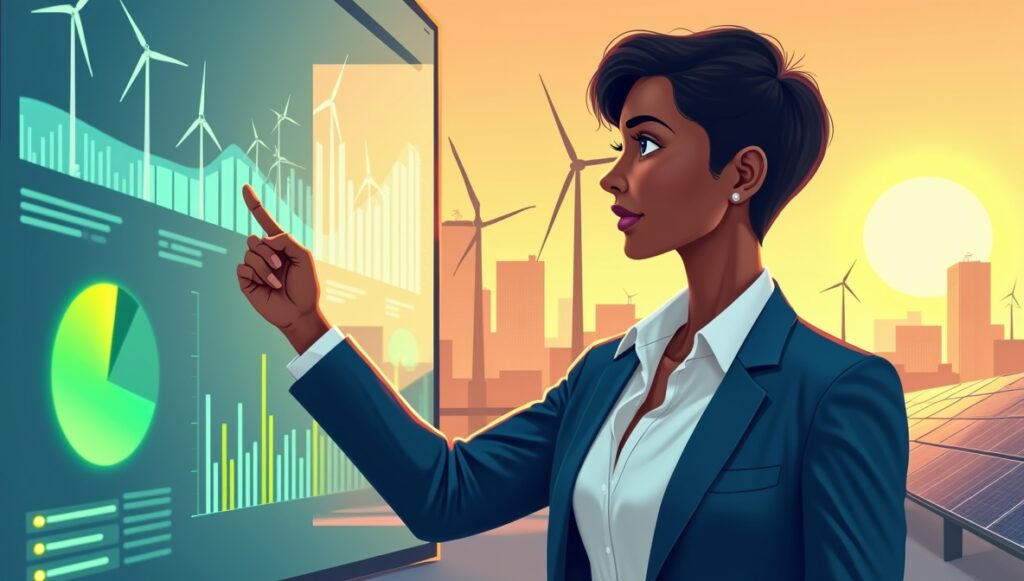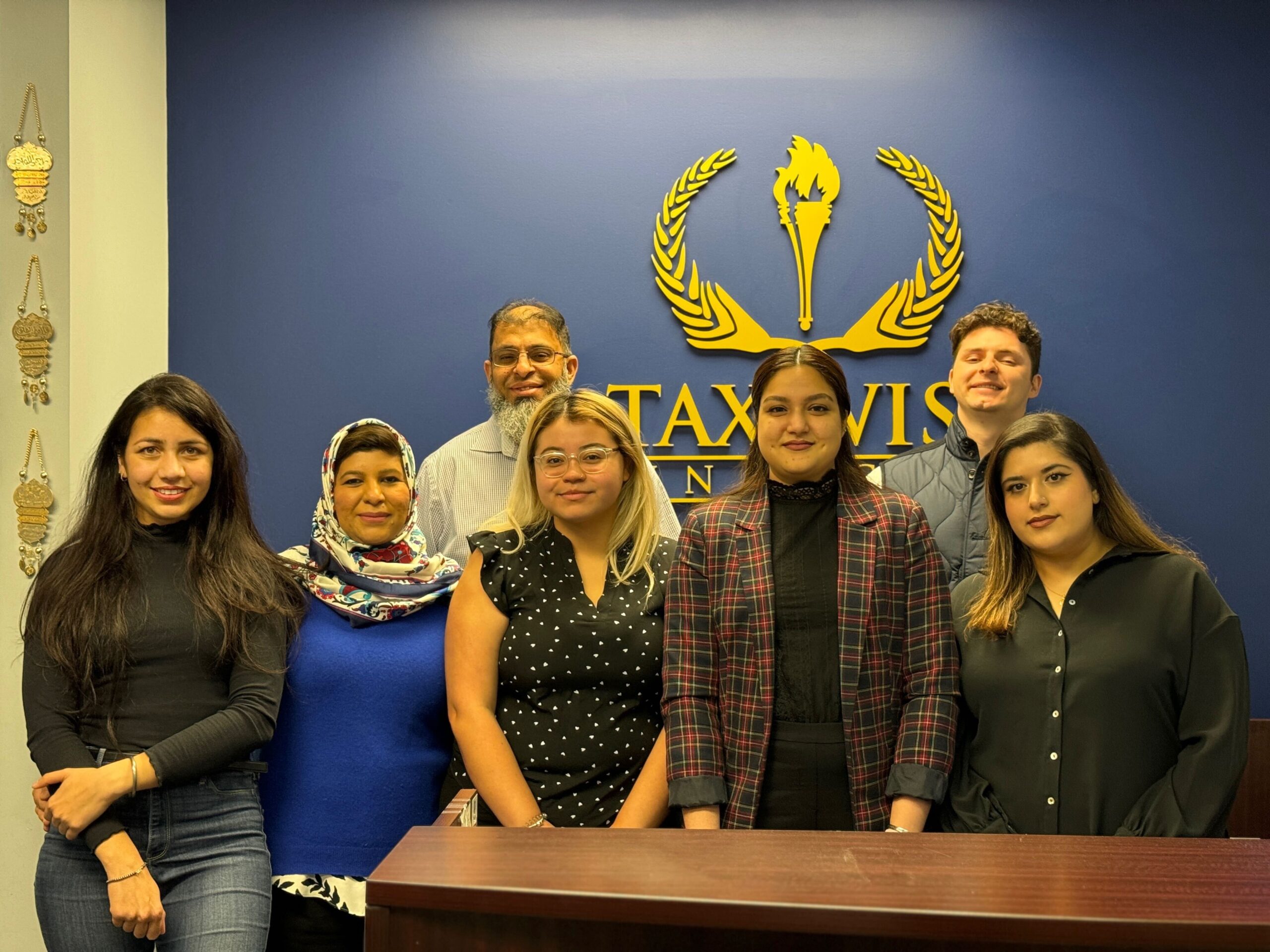
Page 1: Why Clean Energy Investments Are Changing
In 2025, big changes are coming to clean energy incentives in the United States. If you’ve been putting money into electric vehicles (EVs) or solar panels, you need to pay attention. Some government programs that help people save money on these clean energy options are starting to go away. These include EV tax credits and solar energy tax benefits.
What Are Clean Energy Investments?
Clean energy investments are when you spend money on energy that comes from sources that don’t pollute the environment. This includes things like:
- Buying electric vehicles (EVs)
- Installing solar panels on your home
- Using wind or water energy for power
Many people made these choices because the government helped them save money through tax credits and rebates. These benefits made it easier to afford EVs and solar systems.
What’s Changing in 2025?
In 2025, some of these savings will begin to shrink. For example, the federal government has announced that EV and solar credits will begin phasing out. This means that each year, these credits will become smaller or go away completely.
So if you are thinking about buying an EV or adding solar panels to your home, now might be the right time.
Page 2: What Does “Phasing Out” Mean for You?
When the government says credits are “phasing out,” it means they won’t disappear right away. Instead, they’ll reduce little by little. You might still get some savings in 2025, but not as much as before.
For example:
- A $7,500 EV credit in 2024 might become $5,000 in 2025, then $2,500 in 2026, and then zero after that.
- A 30% solar tax credit might drop to 26% or lower.
If you want to make clean energy investments, it’s important to act before the credits are gone.
Why Does It Matter?
These changes affect how much you pay upfront and how long it takes to make your money back. When EV and solar credits begin phasing out, the cost of switching to clean energy can go up by thousands of dollars.
Example:
Say you plan to buy an EV that costs $40,000. If the tax credit drops from $7,500 to $2,500, that’s a $5,000 difference. That’s money you could use for other expenses.
Page 3: How to Adjust Your Clean Energy Investments
Here are smart ways to adjust your clean energy investments as EV and solar credits begin phasing out:
1. Act Quickly
If you’re thinking about buying an EV or installing solar, do it soon. The sooner you invest, the more you can save.
2. Research Local Credits
Even though federal credits may go away, some states and cities offer their own clean energy rebates. Look up your local programs to see if you can still save money.
3. Compare Financing Options
Some companies offer payment plans for solar systems or EV purchases. Look for zero-interest loans or leasing programs.
4. Talk to a Tax Professional
A tax expert can help you understand how the changes affect you. They can also help you claim any credits before they’re gone.
Conclusion
Clean energy is still a smart investment, but 2025 is a turning point. Adjust your clean energy investments as EV and solar credits begin phasing out. If you act now, you can still take advantage of these valuable savings. Waiting might cost you more later.
Stay ahead of the change and make your money work smarter, for your wallet and the planet.


